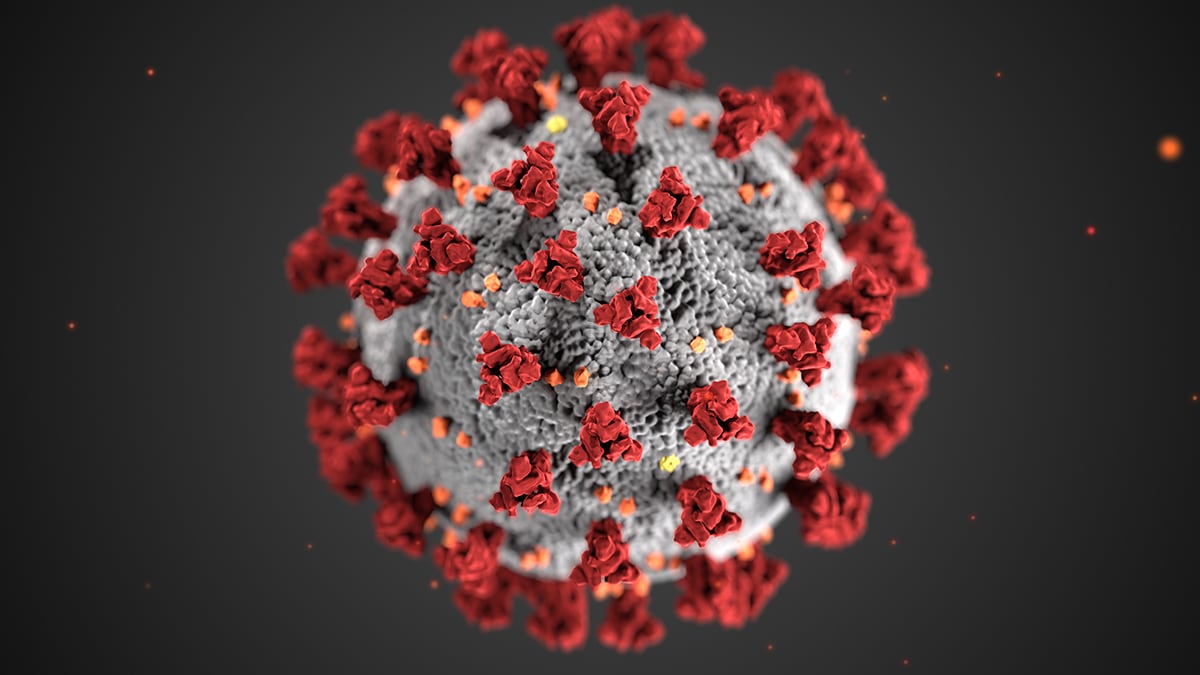Yakykgoose
FNG
- Joined
- Feb 21, 2020
- Messages
- 73
Protection from direct inhalation yes, but not from getting it in your other hole, various orifices and wet spots.
Absolutely agree....I recommend N95 manpons.
Follow along with the video below to see how to install our site as a web app on your home screen.
Note: This feature may not be available in some browsers.
Protection from direct inhalation yes, but not from getting it in your other hole, various orifices and wet spots.
Absolutely agree....I recommend N95 manpons.
That's just simply not true. While it won't filter everything, it absolutely can help against sneezes/coughs.
Why would all healthcare professionals be required to wear them if they don't help at all?
On top of its filtering, it will help prevent you or someone else from accidentally touching your nose or mouth.

When the US death toll from this hits 1000 will full blown panic ensue? I hope that is not true but the voice inside me says it might be true.
Respirator mask will not protect you from getting a cough or sneeze that would have gone into your respiratory system in your eyes or on your clothing/skin where it can linger and get at you later on. Not seeing any masked folks around here other than a female post office worker behind the counter on Friday.
Protection from direct inhalation yes, but not from getting it in your other hole, various orifices and wet spots.
Protection from direct inhalation yes, but not from getting it in your other hole, various orifices and wet spots.
No worse than the flu. Press is just blowing it out of proportion.
"As of Feb. 22, in the current season there were at least 32 million cases of flu in the United States, 310,000 hospitalizations and 18,000 flu deaths, according to the C.D.C. Hospitalization rates among children and young adults this year have been unusually high."
Quote from NY Times.
Now there is something to worry about.Annually -but where are the fearmongers?
Well said. As a healthcare provider I fully agree. The real threat is influenza. 80% of those with COVID-19 have minimal or no symptoms. Those at risk are the elderly and those with underlying comorbid conditions (cardiac, pulmonary, neurological, autoimmune, diabetes, etc.). COVID-19 fortunately doesn't hit the pediatric population like influenza does. In addition, because 80% have minimal or no symptoms the predicted mortality rate is likely too high. With time and more data the numbers will be more accurate.
The New England Journal of Medicine, within the past week, estimated mortality rate at 1.4% (COVID-19).
According to WHO, influenza on average, kills 291,000-646,000 people annually (Lancet, Vol. 391, Dec 13 2017). That gets my attention.
CDC currently estimates, in the Unites States, influenza death rates for the 2019-2020 season, between 18,000-46,000 people (https://www.cdc.gov/flu/about/burden/preliminary-in-season-estimates.htm).
Common Cold/Influenza/COVID-19: good hand washing, good hygiene, don't touch your face (especially eyes, nose, mouth), avoid close proximity to those who are sick/coughing/sneezing (respiratory droplet transmission).
